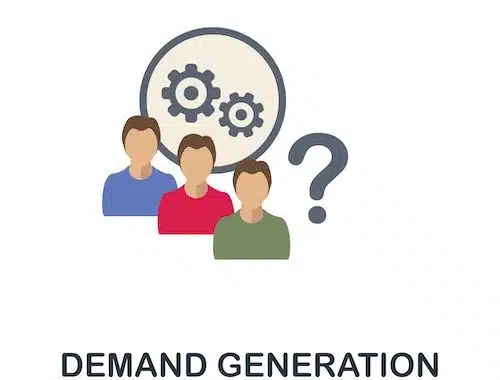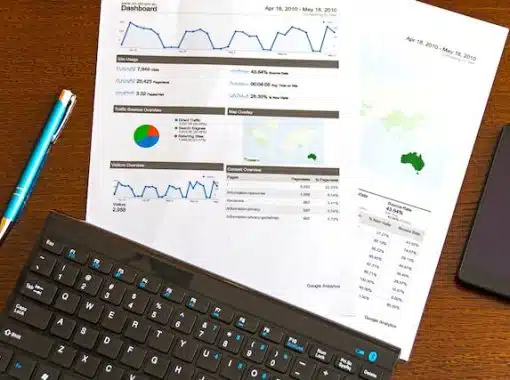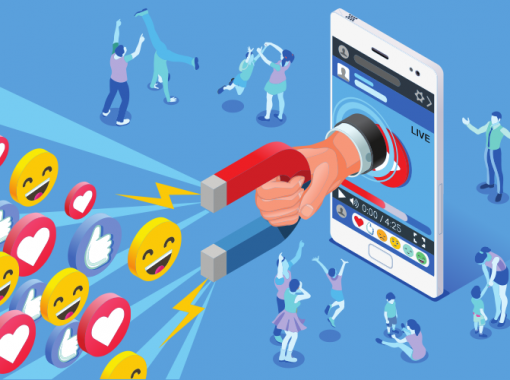
What’s the difference between lead generation and demand generation? If you are not sure, you are not alone. Many business owners aren’t sure of the difference, and to make things even harder, some marketers even use these terms interchangeably. But they are two different practices.
Both are important to inbound sales, but they shouldn’t be grouped together into one activity because each has a separate goal in your marketing process. Knowing the difference will make your marketing efforts more effective and help define exactly where a customer is in your sales funnel. In this article, we will look at the difference and see how these marketing methods work together.
Table of Contents
What Is Demand Generation?
Demand generation is a method of marketing that businesses use to reach new markets. It creates interest and awareness of a business’s services and products, educates audiences about the features of a product or service, and generates trust.
Demand generation will help inbound prospects discover that they have a problem to be solved, identify the root causes of the problem, and suggest a product or service the business offers as a solution to the problem. For example, a prospect may have a leaky roof and find the cause of this problem through a blog post or video that suggests a probable solution.
Examples of demand generation include:
- Blog content designed to rank well in search engines
- Guest posts on other blogs
- Interviews with subject matter experts
- Free resources
What Is Lead Generation?
Lead generation is a marketing strategy designed to increase a prospect’s interest in the products and services a business offers. Lead generation aims to convert these interested parties into customers by convincing them that a product or service will help solve the issues they are having.
Customers in the lead generation part of a sales funnel already know they have a need they want to be met or a problem they want to solve. For example, a prospect may already know they need a new roof and need to hire a roofer to do the work. At this point, they could be guided to download a free guide on new roofing techniques after they enter their contact details. Then a sales team can contact them to help them explore possible options.
Examples of lead generation include:
- Whitepapers, reports, and e-books behind a gated lead capture form
- Direct mail marketing
- Webinars
- Live events
What Is the Difference Between Demand Generation and Lead Generation?
While lead generation and demand generation may seem similar, they serve different purposes. Demand generation is used to grow your audience by bringing new visitors to your website and showcasing the solutions your business has to offer. Lead generation, on the other hand, converts this audience that you have built into qualified leads you can nurture into becoming new customers.
Lead generation depends on demand generation to create a new audience and educate them about your products and services but focuses on turning this knowledge into conversions and sales. For this reason, both are important and necessary parts of your marketing efforts.
How Demand Generation and Lead Generation Work Together
The end goal of demand generation and lead generation are the same: more sales and revenue. To keep your prospect pipeline healthy and provide your company with a continuous flow of conversions, they must work together. In order for your business to have qualified leads it can nurture, demand generation activities have to effectively direct prospects to the lead generation part of the sales funnel.
It starts with demand generation, where you attract new leads with free content and educate them about their problem and potential solutions you have to offer so they know they exist. Lead generation picks the baton up from demand generation. When the prospect realizes that your solution could be right for them, they enter their details in a CTA for more information, making it possible for your sales team to contact them directly.
Getting Started Using Both Demand and Lead Generation in Your Marketing
Demand generation is what marketers use to help their prospects identify an issue they are having and suggest a solution to it. Lead generation progresses from the demand generation effort and is further down the funnel, where prospects have already expressed an interest in a solution. You must use both of these marketing methods to ensure a flow of new customers and clients ready to purchase your products and services. Fifty-three percent of marketers spend at least half their budget on lead generation. If your marketing efforts also focus on lead generation, don’t forget to find a balance with demand generation.
Getting a new toll-free phone number from 800.com and taking advantage of the SMS marketing, call analytics, and call tracking tools that come with it will help you nurture your leads from the time you create demand until you make the sale and measure the success of your marketing campaigns.












